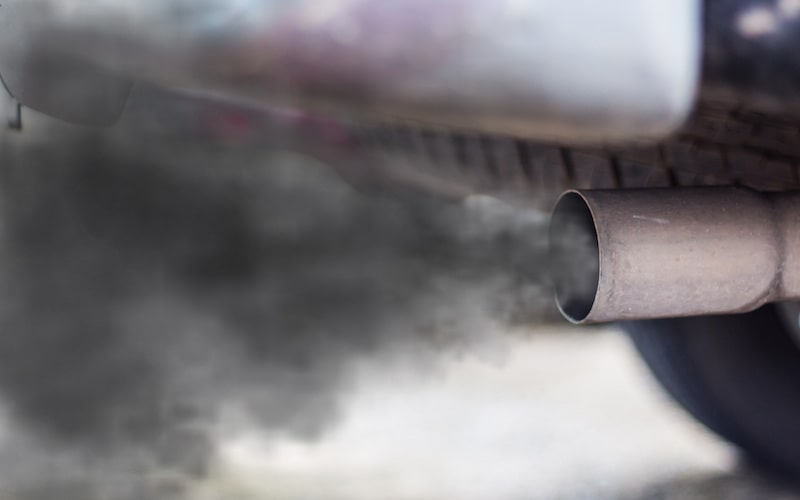Why Eco Welfare Units Are Essential To Help Construction Hit Net Zero
Blog-July 15, 2022
As scientists warn that the climate crisis is accelerating, businesses are under ever greater pressure to ensure they hit net-zero carbon emissions by 2050. And few industries face as big a challenge as construction.
The industry produces roughly 11% of global carbon emissions¹, ranking as the sixth highest carbon emitting industry in the UK². But most businesses’ value-chain involves a complex range of carbon-emitting processes.
From the manufacturer and transport of construction materials to the specialist equipment used onsite, decarbonising construction requires careful attention at every level of the supply chain.
Yet too many firms overlook the role equipment like welfare units and lighting towers should play in their decarbonising strategy.

The risk of overlooking vehicles
The construction industry’s decarbonising efforts have received ample funding and support from the UK government. But the government’s initial carbon budget didn’t feature considerations for construction equipment until 2035³.
This is a problem for three clear reasons:
1. Primary emissions
The daily use of construction vehicles and specialist equipment involves emitting a great deal of carbon. For example: running a standard static unit for 40 hours per week can produce around 215kg of CO2.
Across even a relatively small fleet this adds up very quickly. Factor in lighting towers, vehicle mounted access platforms and other specialist equipment – and you start to see really significant emissions.
2. Secondary emissions
Not only do these vehicles and equipment produce carbon themselves – they also require maintenance and servicing. And that means further carbon is emitted getting to and from the site to refill water tanks or service faulty machinery.
While some emissions of this kind may be inevitable, much is not. For example: most mobile welfare units used today feature outdated water tanks which necessitate more frequent refills. Simply reducing the frequency of these refills would slash transport emissions onsite.
3. Strategic oversight
Finally, overlooking factors such as onsite vehicles and specialist equipment may lead to a lack of commitment. A focus on larger factors like building materials and innovative methodologies is justified. But it is also important to take smaller factors into account.
As most experts agree, a truly effective net-zero strategy must encompass every aspect of the entire value-chain and building lifecycle. Actively neglecting mobile welfare units is symptomatic of a failure to do this.

Eco welfare units are an easy win
Reaching net-zero is a serious challenge for all businesses in the construction industry. It will require enormous innovation and strategic ingenuity. But eco-friendly welfare units and other specialist equipment already exist – and are relatively easy to introduce to your project.
This makes the transition an easy win for companies struggling to formulate an effective strategy – and a great way to ensure you are doing something impactful today.
For more opportunities to partner together, check out our other company, Access Hire Nationwide, the UK’s leading hirer of vehicle mounted access platforms. Kelling Group is a leading provider of specialist access, welfare and lighting equipment hire and services to key infrastructure and construction sectors.
2.https://www.ukconstructionmedia.co.uk/features/challenging-the-industry-to-meet-net-zero/
3.https://thecea.org.uk/what-the-net-zero-strategy-means-for-construction/